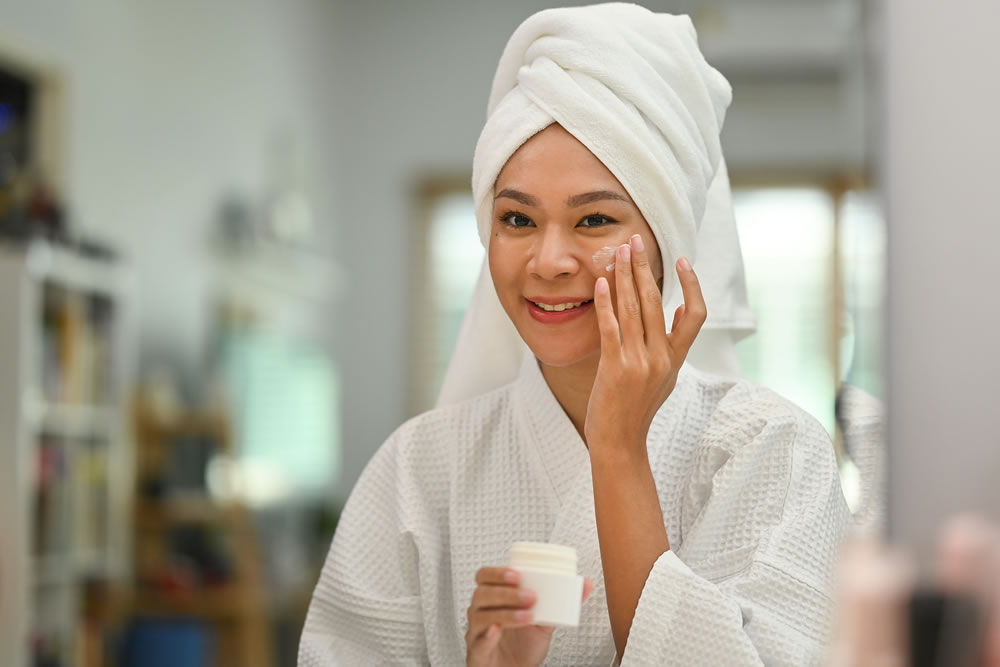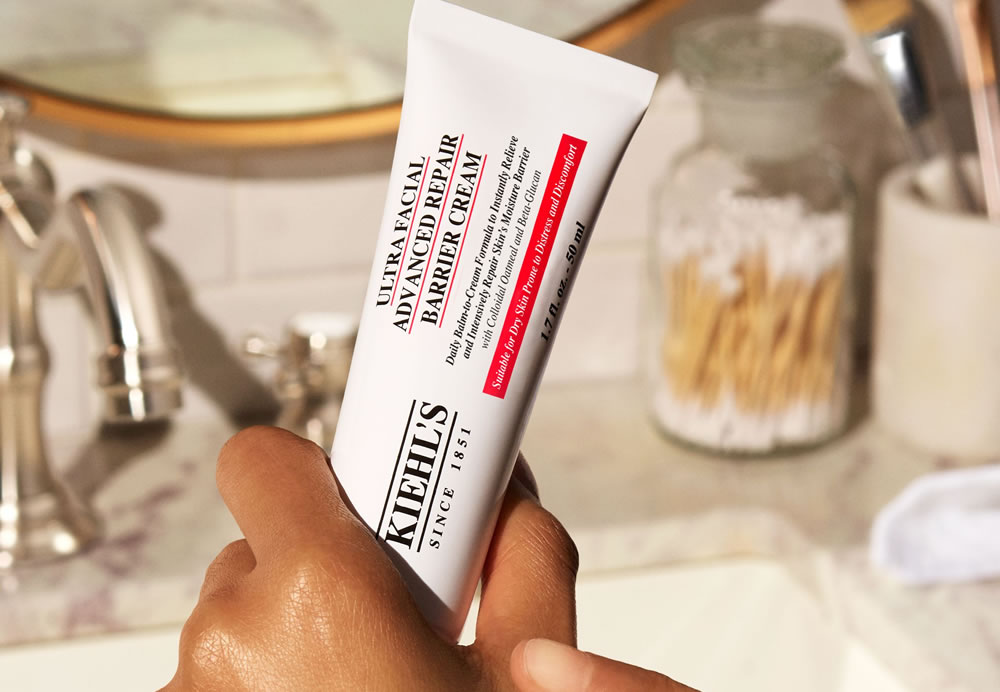Spring has begun and with the change of seasons comes new weather conditions and, subsequently, new skin concerns. As temperatures rise from around 7º to 12º at the start of March and increase further in April, skin can react in many ways to these changes.
With this in mind, premium skincare brand Kiehl’s analysed data from its Instant Skin Reader in February-December 2022 to identify consumers’ biggest ‘spring skincerns’.
Launched in 2022, the Instant Skin Reader allows users to snap a photo of themselves on their phone or desktop and watch the Kiehl’s tool scan their faces. The expert technology identifies problem areas to target and recommends a skincare routine customised just for them.
The recent data shows a rise in high skin sensitivity during this period. Fifteen per cent of respondents with sensitive skin sought advice in March, compared to just two per cent in October.

Sensitive skin refers to skin that’s more prone to reactions due to external factors like weather conditions, chemicals, diets, sleep, or hormones. When triggered, it can become irritated, dry, red, or bumpy. According to research, it affects over half of men and women.
Additionally, while February saw most customers reach out for help with dry skin (33 per cent), nearly half of the respondents that sought skincare advice in March, did so to tackle oily skin (49 per cent).
Oily skin derives from the excess production of sebum, our skin’s natural oil, which can leave it feeling greasy straight after cleansing and lead to an oily T-zone, clogged pores and breakouts.
Dr Beibei Du-Harpur MBBChir PhD MRCP MA (Cantab), London NHS dermatology registrar, commented on the findings: “As the seasons change, it can have a big impact on our skin. The fluctuations in temperature and humidity levels, can lead to challenges in keeping skin in a stable, healthy state. People may experience heightened sensitivity, oiliness, and breakouts, as suggested by the study.
“While the weather is uncontrollable, we can control what we do to help support our skin health. The most important thing anybody can do is to pay attention to how your skin is responding and pre-emptively act upon early changes.

“For example, if you notice your skin beginning to feel a little tight after cleansing it might be an indication that your skin is becoming drier than previously. In this scenario, it would be prudent to use a gentler cleanser and focus on a hydrating skincare routine. If you notice persistent concerns, book a consultation with a skincare expert to determine a plan of action together.”
Beibei offers advice on how we can help combat the common ‘spring skincerns’ over the coming months.
1. Use an exfoliating cleanser
“People with oily skin may avoid exfoliating during the winter as it can dry out and irritate the skin, but as the humidity increases, your skin barrier may be more tolerant.
“An exfoliating cleanser can be a gentler way of introducing this step into your routine as the short contact time of the exfoliant is likely to be less irritating. Exfoliants containing BHAs, such as salicylic acid help reduce oiliness.”
2. Switch to a lighter moisturiser
“It is important to keep skin well hydrated all year round for skin health; dehydrated skin may appear dull or even become breakout prone. However, a lighter, oil-free or gel-based moisturiser may feel more comfortable as the weather warms up.”

3. Don’t forget SPF
“UV rays are stronger in the spring and summer months – so if you don’t already – invest in some SPF and wear it daily. The UV index (which you can check on your weather app on your phone) will also give you useful information as to how powerful the sun’s rays are at any given location and time.
“If the UV index is particularly high, it is important not only to wear and reapply SPF but to actively seek shade and cover up as well. If you’re experiencing increased oiliness, a light gel-based SPF may be a good option, I recommend applying it after your moisturiser but before your makeup as part of your morning routine.”
4. Protect your skin barrier
“If you’re experiencing heightened sensitivity, a cream to support the skin barrier can help improve skin health and reduce sensitivity. Skin barrier creams boost hydration as well as providing a protective barrier to reduce trans-epidermal water loss. This locks in moisture within the skin barrier and thus improves its function.
“For example, Kiehl’s Ultra Facial Advanced Repair Barrier Cream contains skin repairing molecule beta-glucan and soothing compounds in Colloidal Oatmeal. It helps to relieve skin irritation, discomfort, and dryness up to 10 surface skin layers deep to support skin barrier recovery.”
Want to find out more about how to protect your skin in spring? Get a tailored skin routine from Kiehl’s Instant Skin Reader here.






















